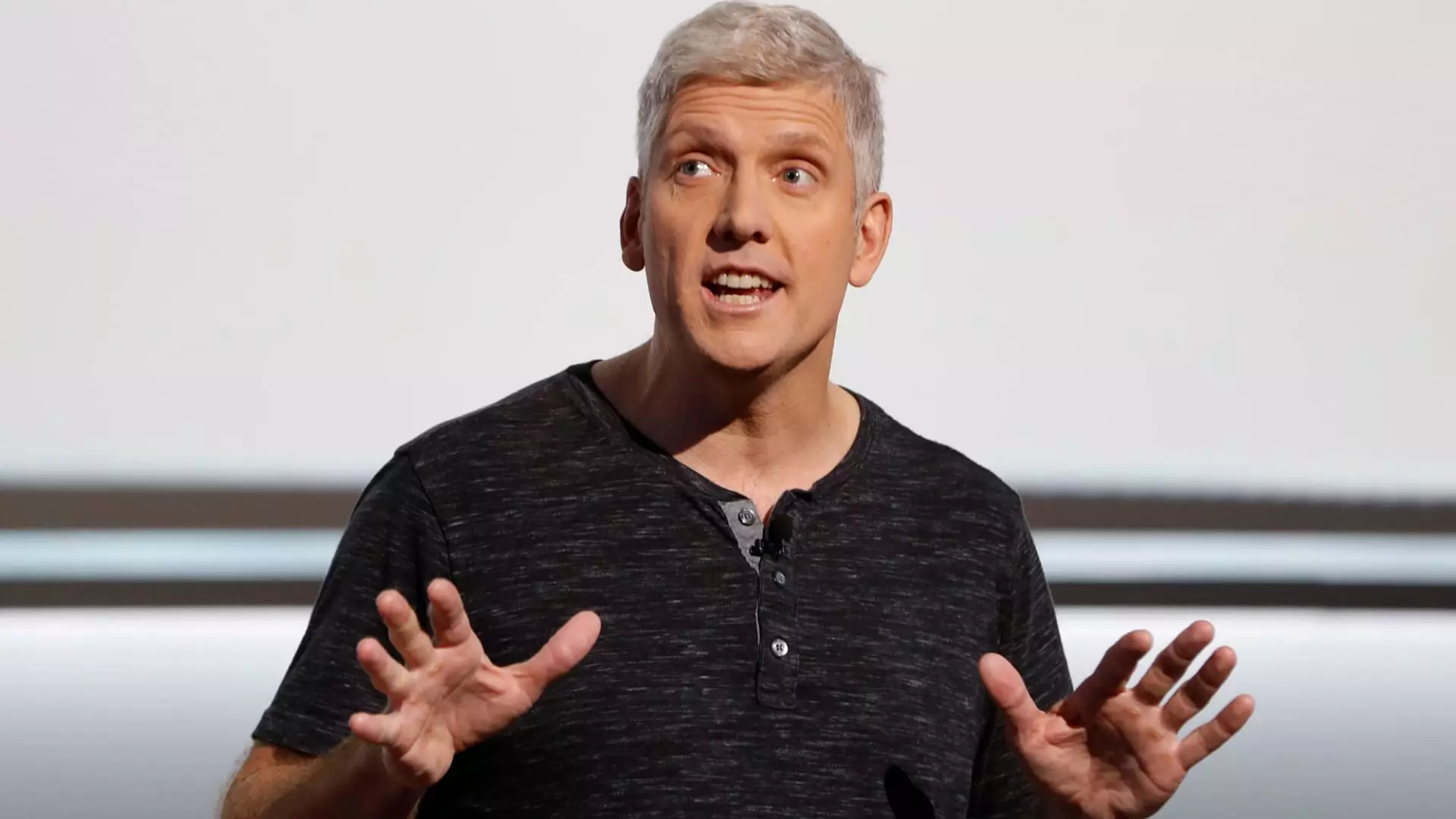As the landscape of technology continues to evolve at a rapid pace, companies are frequently compelled to adapt their strategies. Google, a prime player in this sector, finds itself at a significant crossroad, recently announcing voluntary buyouts for employees in its Platforms and Devices unit. This strategic decision comes in the wake of anticipated cuts within the company and highlights the ongoing transformation driven by a focus on artificial intelligence (AI).
Rick Osterloh, Google’s senior vice president of Platforms and Devices, communicated to employees via memo that the buyouts aim to enhance operational efficiency within the unit, which encompasses well-known product lines such as Android, Chrome, Pixel, and Fitbit. This unit employs over 25,000 full-time workers; however, the number of employees eligible for these buyouts in the U.S. remains unclear. By allowing employees to voluntarily exit, Google demonstrates a more humane approach to workforce reductions while acknowledging the challenges faced by some employees during a transitional period.
In a time where tech companies are notoriously cutting back on workforce without due consideration, Google’s initiative reflects an awareness of employee sentiments and expectations. As articulated by Osterloh, this buyout plan is positioned as a necessary step towards ensuring that the remaining team is fully committed to the company’s mission—particularly as Google shifts its focus and resources toward its AI endeavors.
With the technological landscape increasingly dominated by advances in artificial intelligence, companies like Google are making a concerted effort to harness these innovations for broader operational success. The newly appointed Chief Financial Officer (CFO) Anat Ashkenazi has identified cost-cutting measures as a top priority, alongside ramping up investments in AI infrastructure. By adopting a proactive approach, Google aims to retain its competitive edge while also dealing with rising operational costs and shifting employee dynamics.
These changes are not only financial; they represent a philosophical shift in how Google approaches its workforce structure. A recent acquisition of the engineering team from HTC Vive underscores the need for specialized talent that can drive forward the development of the Android XR platform. This merger simply highlights Google’s recognition that as it pivots towards a more AI-centric future, aligning personnel with the right skills and vision becomes imperative.
The reception of the buyout program among employees has been notably mixed but largely constructive. Many employees expressed appreciation for the company’s decision to provide voluntary buyouts instead of opting for outright layoffs. In internal discussions, several staff members commended the company’s responsiveness to their concerns regarding job security. A circulating petition titled “job security” reflects this sentiment, advocating for voluntary buyouts as a preemptive measure against traditional layoffs.
These reactions point to a workplace culture that values transparency and communication during challenging times. Employees are actively engaging with leadership through internal channels, emphasizing that the corporate ethos at Google still prioritizes its workforce, even amidst inevitable restructuring. The notion that such buyouts can offer a graceful exit for underperforming employees or those misaligned with the company’s trajectory further enhances the overall sentiment about the decision.
From a financial standpoint, the Platforms and Devices division, while not as profitable as Google’s core revenue streams, reported significant growth—$10.66 billion in revenue during the third quarter, demonstrating a near 28% increase from the previous year. This suggests that even as cuts loom, the division is better positioned to weather transitional upheavals resulting from strategic realignments.
However, looming challenges persist, such as the potential for rising hardware costs due to proposed tariffs by federal officials. These economic pressures complicate Google’s current position, demanding stricter cost management alongside growth objectives. The latest moves to acquire talent and encourage voluntary departures suggest a calculated approach to managing these market repercussions without solely relying on standard layoffs.
Google’s decision to implement voluntary buyouts within its Platforms and Devices division exemplifies the balancing act that tech companies must perform as they navigate an ever-changing landscape. By opting for buyouts rather than immediate layoffs, the company acknowledges the complexities associated with workforce transitions while prioritizing an investment in AI and product innovation.
As Google moves forward, it will undoubtedly need to consistently evaluate its strategies, ensuring that it remains not just a leader in technological advancement but also a guardian of its workforce’s wellbeing. The vital lessons learned from this scenario could shape the future of corporate restructuring in the tech industry, presenting new paradigms for employee relations during times of change.

